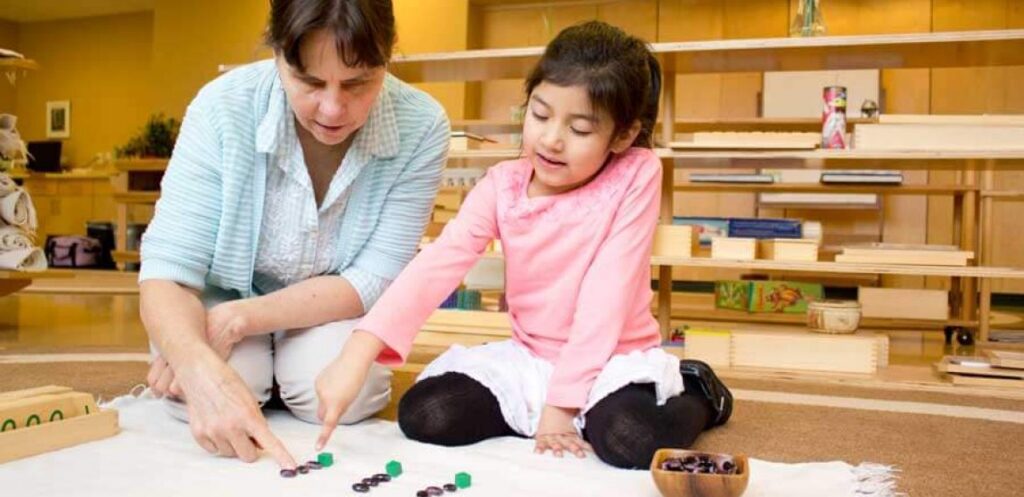Montessori education has long approached childhood development as something natural. Children want to learn. That is why Dr. Maria Montessori came up with principles, such as Following The Child, the Prepared Environment, Independence, and the Absorbent Mind. Whether you are trying Montessori out or want to enroll your child in a Montessori school, these top 10 Montessori principles of natural learning can be put to use at home today:
Follow The Child
This is one of the most important principles of Montessori. A child’s education should be based on their needs and interests. This is why Montessori teachers will observe their students and develop individualized learning plans that support each child’s growth. At home, you can do this by learning what interests your child then respecting those interests.
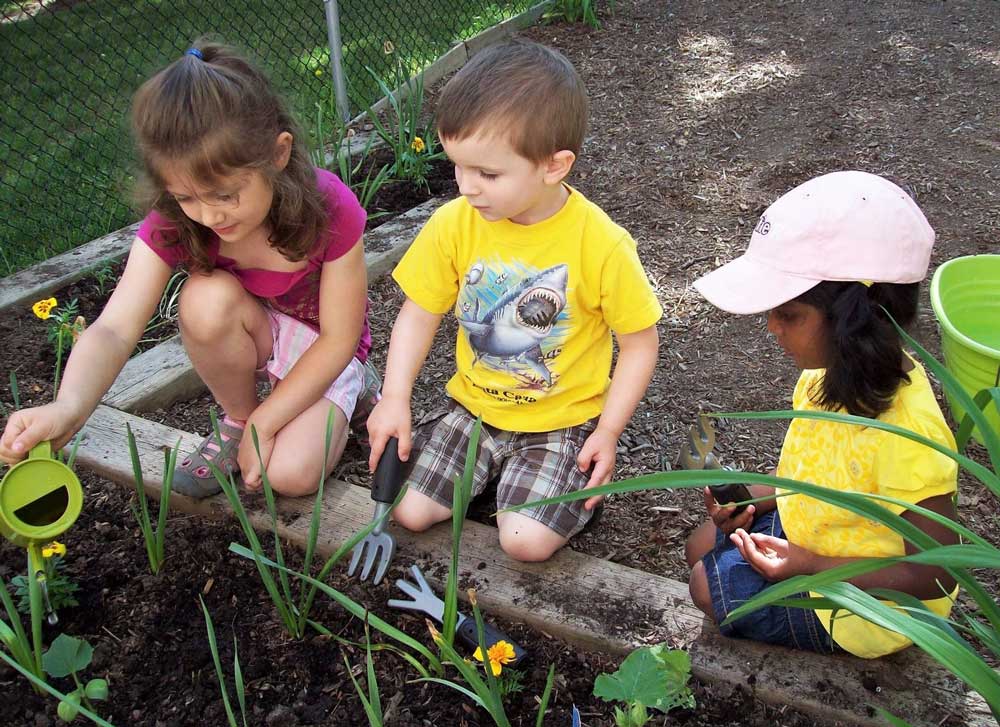
Respect Your Child’s Need for Exploration
As long as your child is safe, they should be able to move about a space unhindered. Self-directed learning is a cornerstone of Montessori education, as are hands-on learning experiences. Give your child the space they need both indoors and outdoors to learn about the world.
And remember, the more concrete the experience, the better they will grasp abstract lessons when they are older. For example, in a Montessori classroom, this principle of Concrete to Abstract can be seen when teaching mathematics. In the beginning, children use number rods that are blue and red and represent numbers 1 through 10. They see varying lengths, where 1 is short and 10 is long, as well as alternating colors.
The child spends time with these rods, learning how to count from 1 to 10. Later, they are given sandpaper numbers for 0-10, with 0 being the last number they learn. After that, they move onto symbols that represent a quantity, then decimal places, and so on.
Create an Orderly Environment
Montessori homes and schools embrace simple, open, and bright environments that are airy and calm. You won’t find much clutter in a Montessori classroom. This is because, in order to promote Freedom Within Limits, as well as help students understand the importance of a clean, organized space, a Prepared Environment is necessary.
Children can think better when their surroundings are calm and organized. They also learn how to put things back where they belong when everything already has a predetermined place.
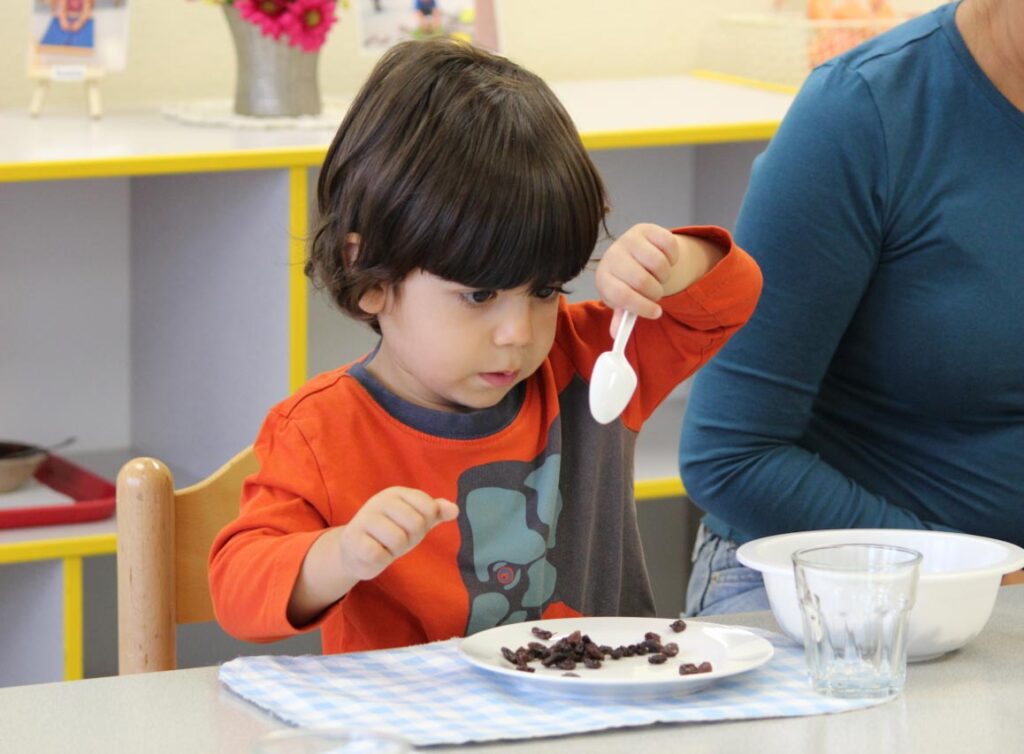
Learn About The Absorbent Mind
If you want to support natural learning in your home, do a little research on the Absorbent Mind and Sensitive Periods. Dr. Montessori found that there are stages of development in a child’s life where they develop certain skills rapidly. For instance, between the ages of 3-6 years, children are learning how to use their senses, handle small objects, speak and express themselves, and read.
Recognizing when these Sensitive Periods are active and how that affects your child’s mentality helps you understand certain triggers and interests.
Utilize Child-Sized Utensils
In order to Follow the Child and respect their need to discover things on their own time, you should give them useful tools. For instance, in the kitchen, you might place their child-sized utensils and cleaning supplies in a basket at eye level for your child to use whenever they wish. Give them a child-sized chair and table, too.
Other examples include placing coat hooks at their level, so they can hang their own belongings; organizing their toys and books on low shelves in the living room for quick access, and placing a stool in the bathroom so they can wash their own hands without help.
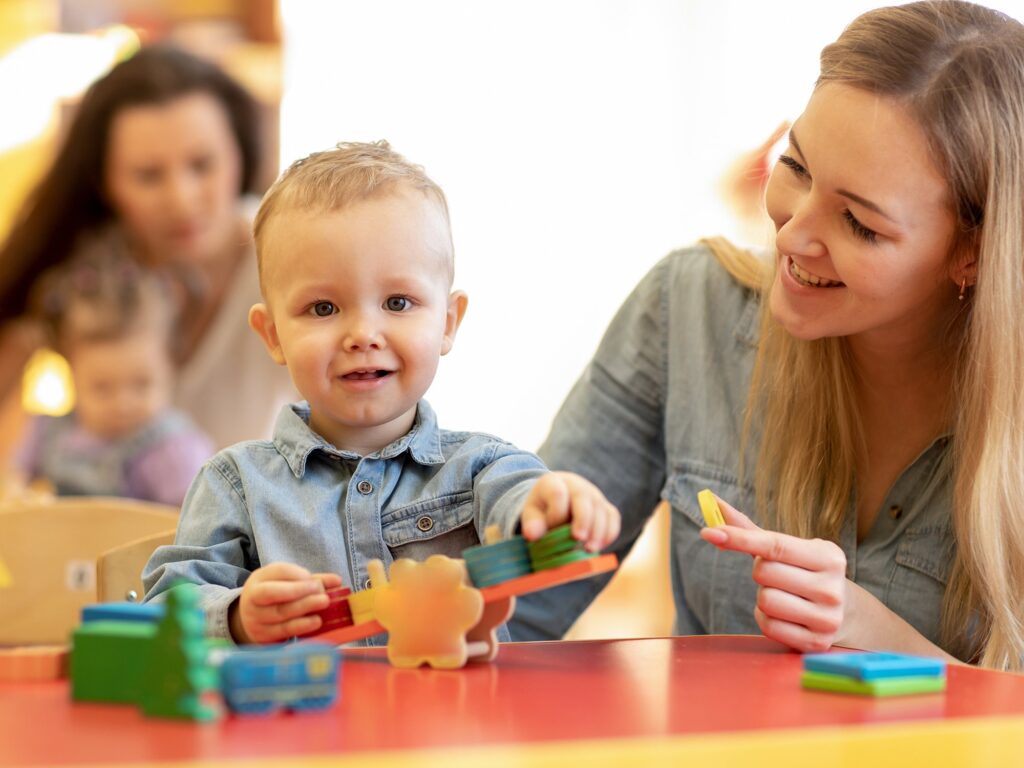
Introduce Learning Opportunities Whenever You Can
Every moment can be a lesson. Teach your child how to pour water from a pitcher into a cup. Let them cut their own banana into bite-sized pieces. Show them how to clean up a mess then let them try. Give them opportunities to wash dishes, unload the laundry from the dryer, fold clothing, care for the animals, and much more. While these tasks might seem mundane for you, each experience gives your child a wealth of information and techniques to master.
Let Your Child Concentrate
Once your kid is focused on a task, don’t interrupt! Embrace trial-and-error. Did they spill the milk when pouring it for themselves? That’s fine. Let them clean it up on their own. Is your child working on tying their shoelaces and getting them repeatedly tangled? Let them sort it out on their own.
Coming to the rescue is a natural parental response, but sometimes you have to stand back and let your child concentrate. They’re more capable than most adults believe!

Demonstrate How to Do Something
Of course, it is important that your child knows the correct way to do something before you let them try it themselves. Children are keen observers. They look to role models, such as older kids, teachers, and parents, for advice on how to navigate the world.
Demonstrate a new skill, such as using the toaster oven or planting seeds, a few times before letting your children try it on their own. Be prepared for mistakes. It’s all part of learning.
Observe Your Child as They Work
As mentioned earlier, you might be inclined to help a child when they’re struggling to sweep up crumbs or button their jacket. Don’t rush in right away. Just as your child observes the way you move, observe how they go about things. You may be surprised to see how much they improve with just a little time on their own.
Prioritize Practical and Sensorial Activities
What qualifies as practical or sensory activities? Consider practical life skills, such as cleaning, organization, hygiene, gardening, and dressing oneself. These skills help a child understand their bodies, the environment, as well as respect for themselves and others. Plus, many practical life skills also teach coordination, concentration, and confidence.
Additionally, if you give your child an activity, isolate one quality. For younger children, this might mean teaching colors with uniformly sized wooden blocks rather than dozens of different shapes and colors. Teaching shapes? Then the colors should all be the same.
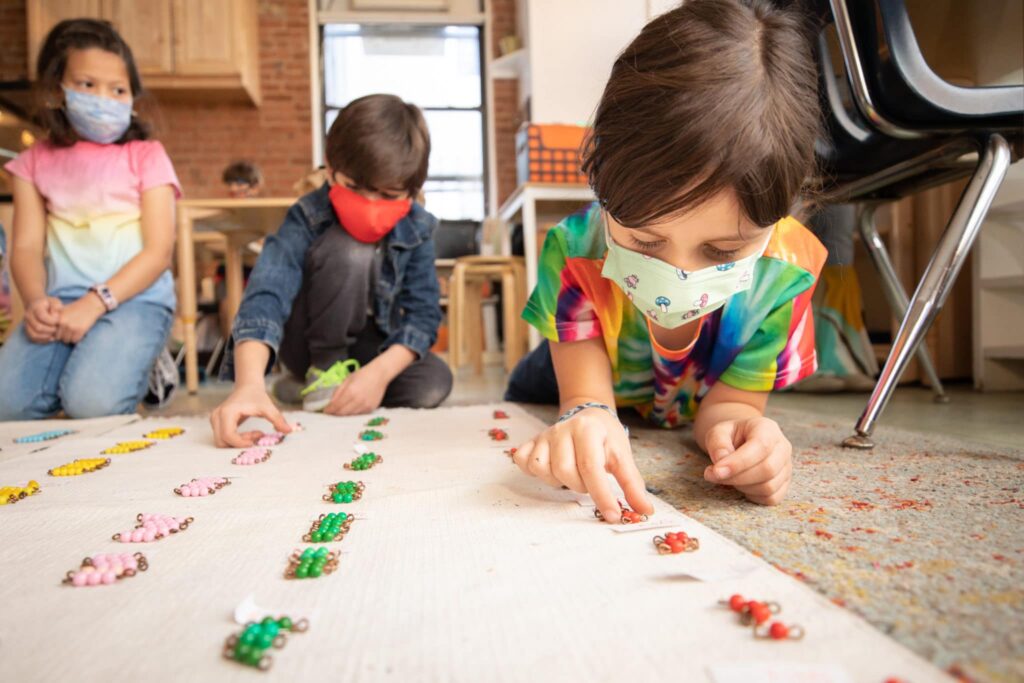
The Takeaway
These top 10 Montessori principles of natural learning will instill within your child a love of education. They’ll be curious, creative, and think critically throughout the rest of their lives. So use these principles whenever you can!

